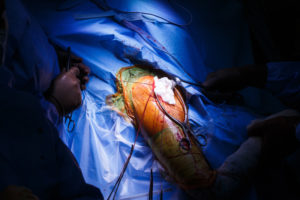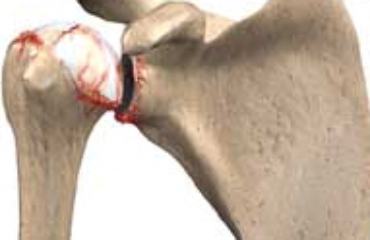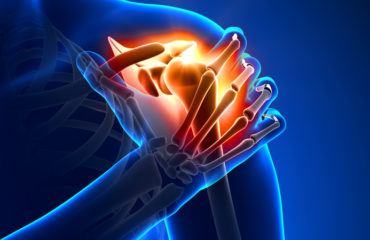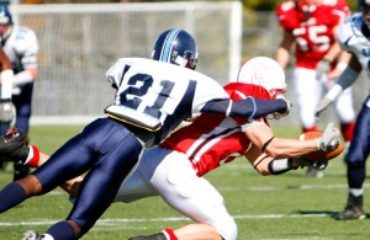All different age groups of people suffer shoulder tears of the labrum. Athletes involved in overhead sports like baseball, volleyball or swimming are more susceptible because the repetitive stress causes labral tears over time.
The labrum keeps your shoulder joint in the proper position. It is a disc made of cartilage and is attached to the shoulder socket to keep the shoulder bones stable. Several strong ligaments attach the shoulder bones to the labrum for added stability.
 When a tear occurs, the ligaments are unstable and the shoulder can dislocate, or the shoulder dislocates and creates the tear. Labrum tears occur in different ways, such as from falls, sports trauma, repetitive stress, or just from the wear and tear of aging. The tears can be very mild, appearing as frayed edges on an MRI, or can be very severe if the labrum has completely detached.
When a tear occurs, the ligaments are unstable and the shoulder can dislocate, or the shoulder dislocates and creates the tear. Labrum tears occur in different ways, such as from falls, sports trauma, repetitive stress, or just from the wear and tear of aging. The tears can be very mild, appearing as frayed edges on an MRI, or can be very severe if the labrum has completely detached.
Does a torn labrum always require surgery? There are several important factors the surgeon uses to determine whether surgical repair is warranted: how the tear occurred, pinpointing the source of pain, your current symptoms, and other treatments you’ve tried previously. A physical exam and MRI will also be used in the diagnosis. If the injury cannot be clearly seen on the image, a surgeon might recommend an exploratory arthroscopic surgery for a more definitive look.
Many athletes show signs of a tear on an MRI but have no pain. Some tears cause popping sounds or a “catching” feeling. Athletes experiencing pain during overhead motions will try physical therapy first, but if the pain doesn’t lessen, they’ll likely require surgical repair of the labrum. If your shoulder has dislocated during a fall, and continues to easily dislocate, you also will likely require surgery. Unfortunately, labrum tears do not heal well on their own, so surgery will be recommended if your doctor feels this is the case.
As with any surgery, patients are nervous about undergoing the procedure. The two most common questions we get are:
- Is a labrum tear really my issue, and am I undergoing an unnecessary surgery?
- Will I be able to return to my normal level of function?
First, wear and tear injuries (degenerative tears) in older people usually just involve frayed edges in the labrum and don’t require surgery. In fact, in most people over 40, rotator cuff tendinosis, and not a labral tear, is the most common cause of shoulder pain.
Second, recovery from labrum surgery can be long and arduous because cartilage is literally being sewn back onto the bone. Anchors are also put into the bone to help with the reattachment. While minor surgeries can sometimes be done arthroscopically, labrum surgery is almost always an open surgery. After surgery, the shoulder is immobilized in a sling for a period of time, and recovery time is usually a minimum of 12 weeks. After that time, you can begin to put stress on the shoulder joint and begin to do overhead activities and a full range of motion exercises. During the healing period, your surgeon might recommend some physical therapy if your shoulder is stiffening up. Many people reinjure the shoulder by being too aggressive too soon with movements.
The surgeon will do one or several repeat MRIs to verify healing, and even though you’re healed, you might still have residual pain.



